Archives
- 2025-11
- 2025-10
- 2025-09
- 2025-03
- 2025-02
- 2025-01
- 2024-12
- 2024-11
- 2024-10
- 2024-09
- 2024-08
- 2024-07
- 2024-06
- 2024-05
- 2024-04
- 2024-03
- 2024-02
- 2024-01
- 2023-12
- 2023-11
- 2023-10
- 2023-09
- 2023-08
- 2023-07
- 2023-06
- 2023-05
- 2023-04
- 2023-03
- 2023-02
- 2023-01
- 2022-12
- 2022-11
- 2022-10
- 2022-09
- 2022-08
- 2022-07
- 2022-06
- 2022-05
- 2022-04
- 2022-03
- 2022-02
- 2022-01
- 2021-12
- 2021-11
- 2021-10
- 2021-09
- 2021-08
- 2021-07
- 2021-06
- 2021-05
- 2021-04
- 2021-03
- 2021-02
- 2021-01
- 2020-12
- 2020-11
- 2020-10
- 2020-09
- 2020-08
- 2020-07
- 2020-06
- 2020-05
- 2020-04
- 2020-03
- 2020-02
- 2020-01
- 2019-12
- 2019-11
- 2019-10
- 2019-09
- 2019-08
- 2019-07
- 2019-06
- 2019-05
- 2019-04
- 2018-11
- 2018-10
- 2018-07
-
Tacalcitol A Venn diagram representing RNA seq data that sho
2024-06-19
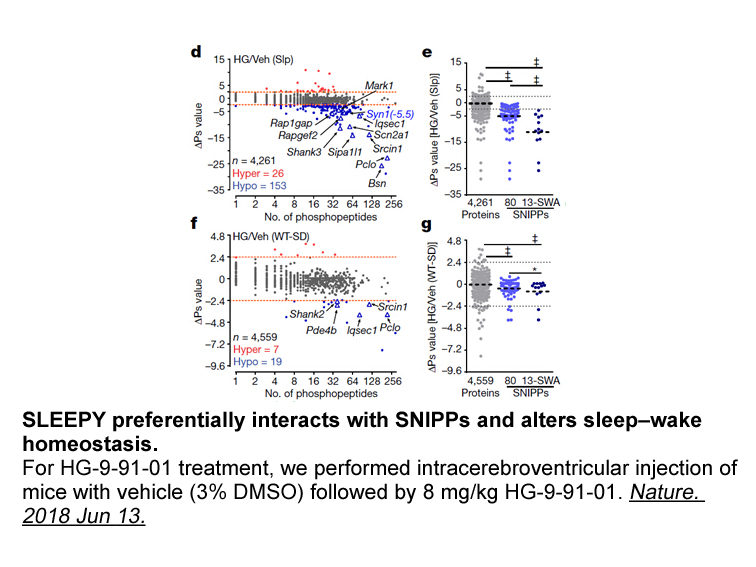
A. Venn diagram representing RNA-seq data that show the number of gene overlaps in GFP and HepKO livers after chronic PF-06409577 dosing. B. Top canonical pathways that changed according to Ingenuity Pathway Analysis after chronic PF-06409577 dosing. C. Fibrosis-related genes that were altered in GF
-
Pathogen infected macrophages release exosomes
2024-06-19
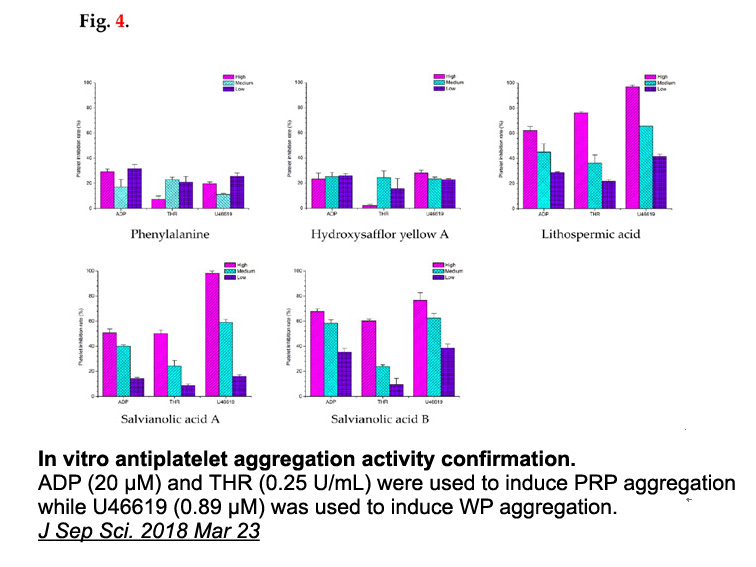
Pathogen-infected Ryuvidine release exosomes associating with pathogen-associated molecular patterns (PAMPs) such as LPS and lipoprotein derived from microorganisms [29,30]. Exosomes released by bacterially infected, but not uninfected, macrophages stimulate macrophages to release inflammatory medi
-
NLX a k a F or befiradol exhibits nanomolar
2024-06-19
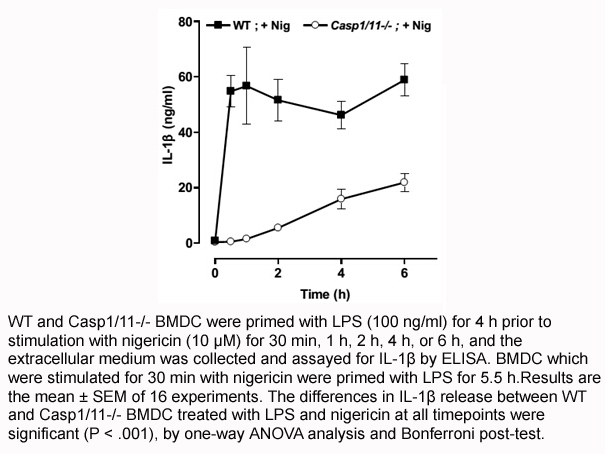
NLX-112 (a.k.a. F13640 or befiradol), exhibits nanomolar affinity at 5-HT1A receptors, and, in WP1066 to the 5-HT1A receptor agonists listed above, it presents exceptional selectivity and high efficacy at these receptors (Colpaert et al., 2002, Newman-Tancredi et al., 2017). Additionally, it has sh
-
Given these findings above we hypothesized that hypernocicep
2024-06-19

Given these findings above, we hypothesized that hypernociception produced by intra-amygdala 8-OH-DPAT is result of hyperpolarization in this area. This neuronal inhibition of the amygdaloid complex might result in an inactivation of crucial neurotransmitter systems of the descending inhibitory pain
-
The assay performance was estimated using Z factors
2024-06-19

The assay performance was estimated using Z′-factors (plotted in Fig. 2A) according to Zhang et al. calculated for each plate comparing positive (in the absence of an inhibitor) and negative controls (in the presence of an AdK inhibitor). The mean Z′-factor±SD was determined to be 0.7±0.1, indicativ
-
flt3 inhibitor If the lack of specificity and the high
2024-06-18

If the lack of specificity and the high pleiotropy may represent a problem in view of the potential chemotherapeutic features of autophagy-inducing agents, it flt3 inhibitor may switch into an advantage in the case of chemopreventive strategies. In fact, as non-pharmacologic interventions such as l
-
Several genes related to metabolism post
2024-06-18
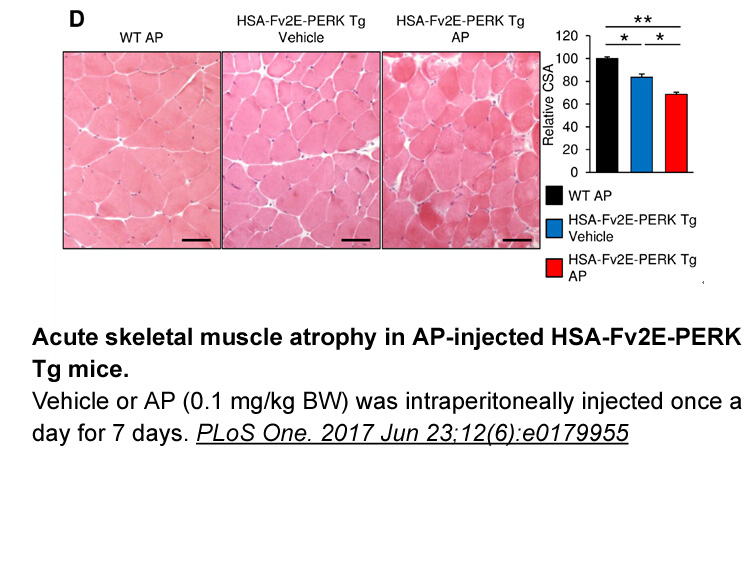
Several genes related to metabolism, post-transcriptional regulation, chromatin structure, and signaling pathways are required for the sexual development and virulence of G. zeae (Baldwin et al., 2010, Bluhm et al., 2007, Ding et al., 2009, Han et al., 2007, Hou et al., 2002, Jenczmionka et al., 200
-
Oocytes from the African clawed frog Xenopus
2024-06-18
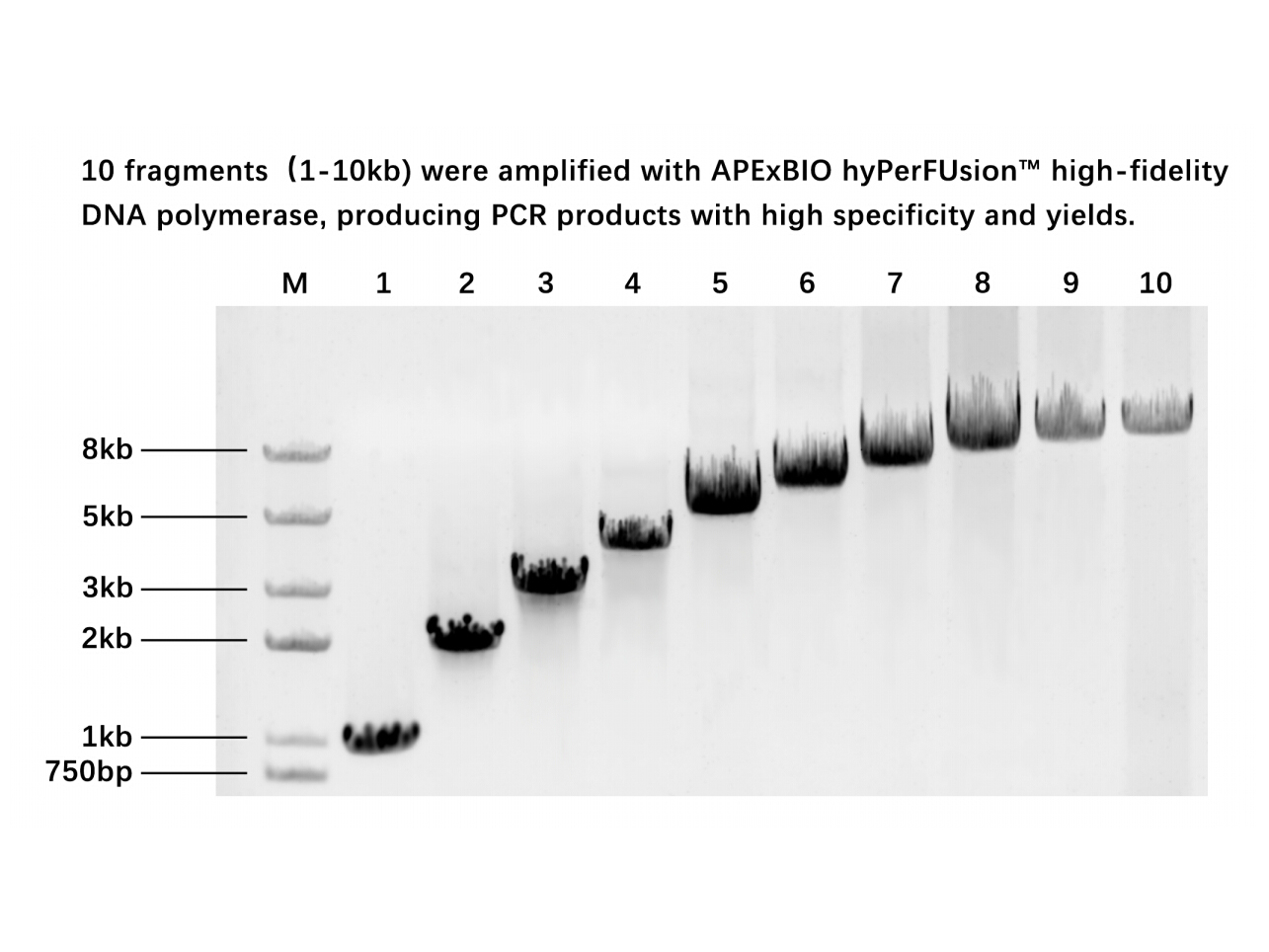
Oocytes from the African clawed frog Xenopus laevis have been widely used as an expression system to study the modulation of NMDA receptors by metabotropic receptors, such as metabotropic glutamate receptors [12], μ opioid receptors [13], insulin receptors [14] and serotonin receptors [15]. No data
-
br Current limitations and future directions There
2024-06-18
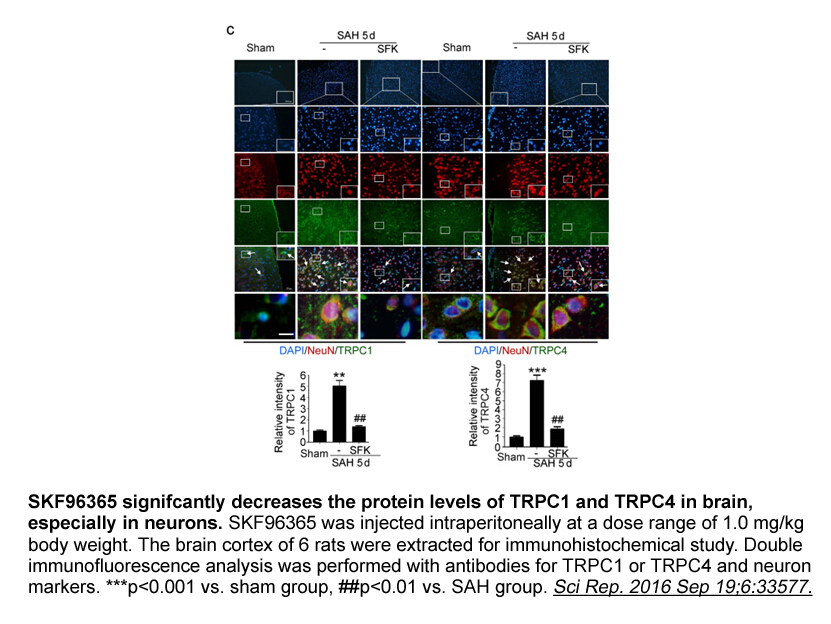
Current limitations and future directions There are several limitations associated with PET imaging of aromatase using carbon-11 labeled aromatase inhibitors. Due to the very short half-life of carbon 11 (20min), PET studies with currently available, validated tracers can only be performed in med
-
mu opioid receptor antagonist On the other hand key enzymes
2024-06-18

On the other hand, key mu opioid receptor antagonist also involved in NO metabolism are nNOS and eNOS. Apparently, during acute ischemia, eNOS activity and NO concentration surge for a short period of time (Schulz et al., 2004) but eventually the expression and activity of the synthase and conseque
-
Hydrogen sulfide H S a colorless and
2024-06-18
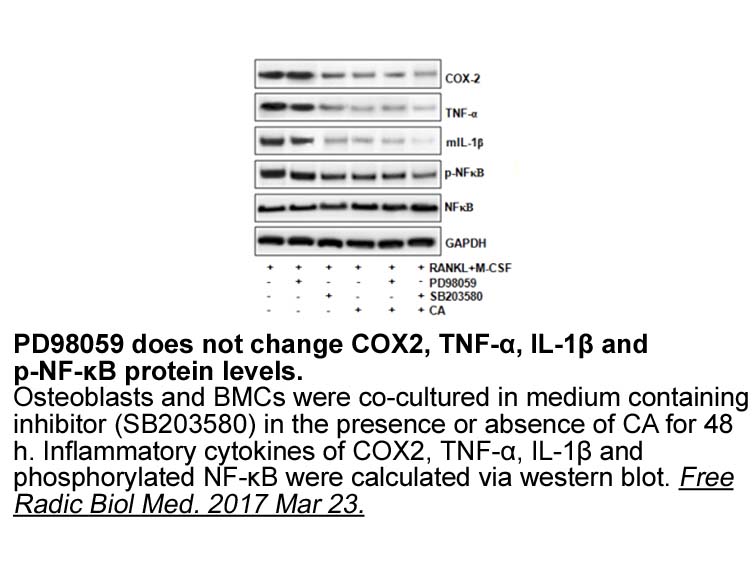
Hydrogen sulfide (H2S) [33], a colorless and water-soluble gas with the smell of rotten eggs, is now recognized as an important gasotransmitter, after the extensive study of nitric oxide (NO) and carbon monoxide (CO). H2S is produced endogenously via enzymatic reactions of cysteine, homocysteine and
-
Introduction The corpus luteum CL is a transient endocrine g
2024-06-18
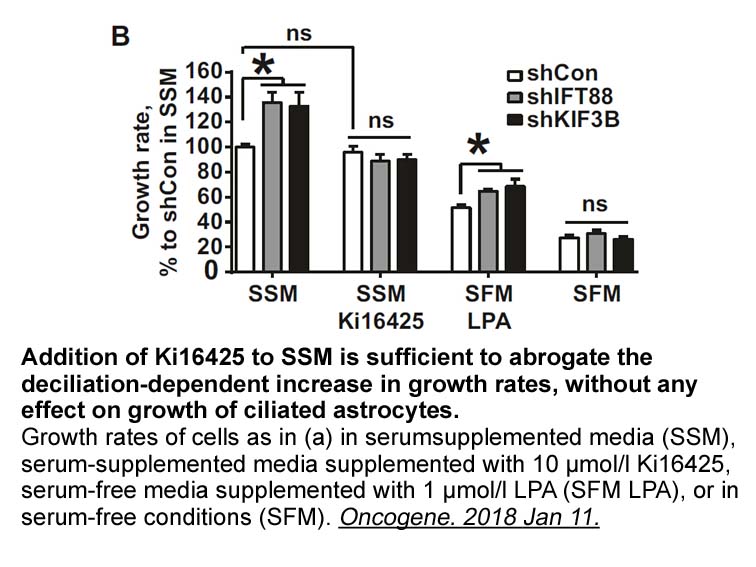
Introduction The corpus luteum (CL) is a transient endocrine gland that differentiates from the thecal and granulosal cells of the ovarian follicle after ovulation. Its formation and limited lifespan in the mammalian ovary is important for fertility, as the CL produces progesterone (P4), the essent
-
br Angiotensin receptor neprilysin inhibitors Sacubitril val
2024-06-18

Angiotensin receptor-neprilysin inhibitors Sacubitril/valsartan is the first-in-class ARNI, comprising of molecular moieties of valsartan (ARB) and a neprilysin inhibitor prodrug, sacubitril (AHU377) [51]. Upon ingestion, sacubitril is rapidly metabolised into an active neprilysin inhibitor, sacu
-
Critically we found that pre treatment with A monomer
2024-06-18

Critically we found that pre-treatment with Aβ monomer preparations prevented the Aβ oligomer-induced aggregation of PrPC. These preparations contain a mixture of Aβ species and consequently it was not possible to identify the precise form of Aβ that is responsible for this effect. It is possible th
-
br STAR Methods br AMPK A Therapeutic Target
2024-06-18
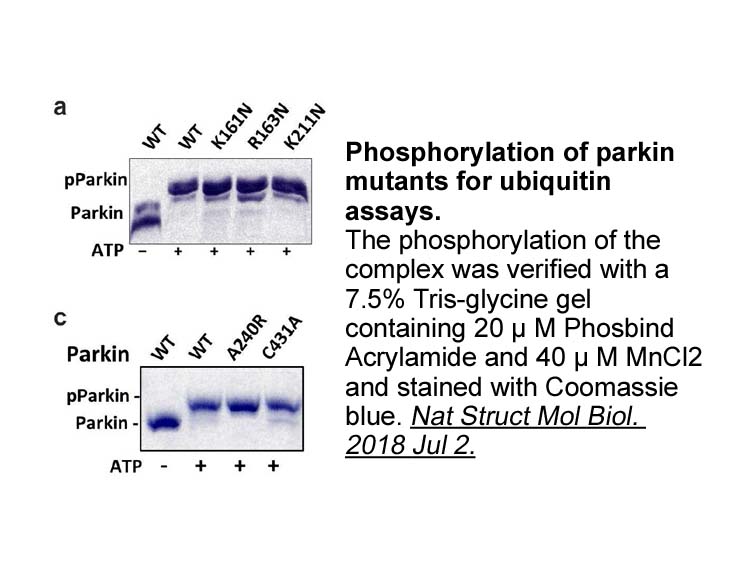
STAR★Methods AMPK: A Therapeutic Target in the β Cell? Loss of pancreatic β cell function is a hallmark of the transition to a diagnosis of T2DM (see Glossary) 1, 2, 3, 4. AMPK activation has gained attention for the treatment of hyperglycemia in prediabetes as an insulin-sensitizing agent bec
16665 records 132/1111 page Previous Next First page 上5页 131132133134135 下5页 Last page